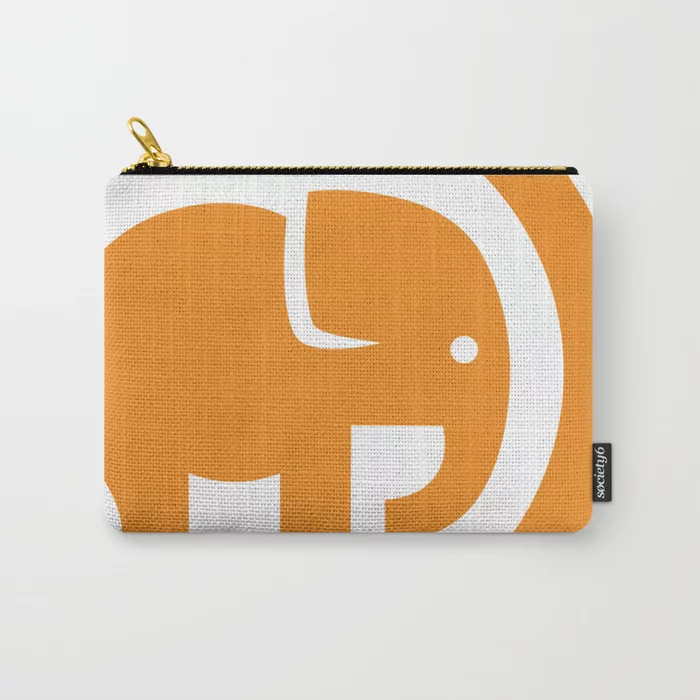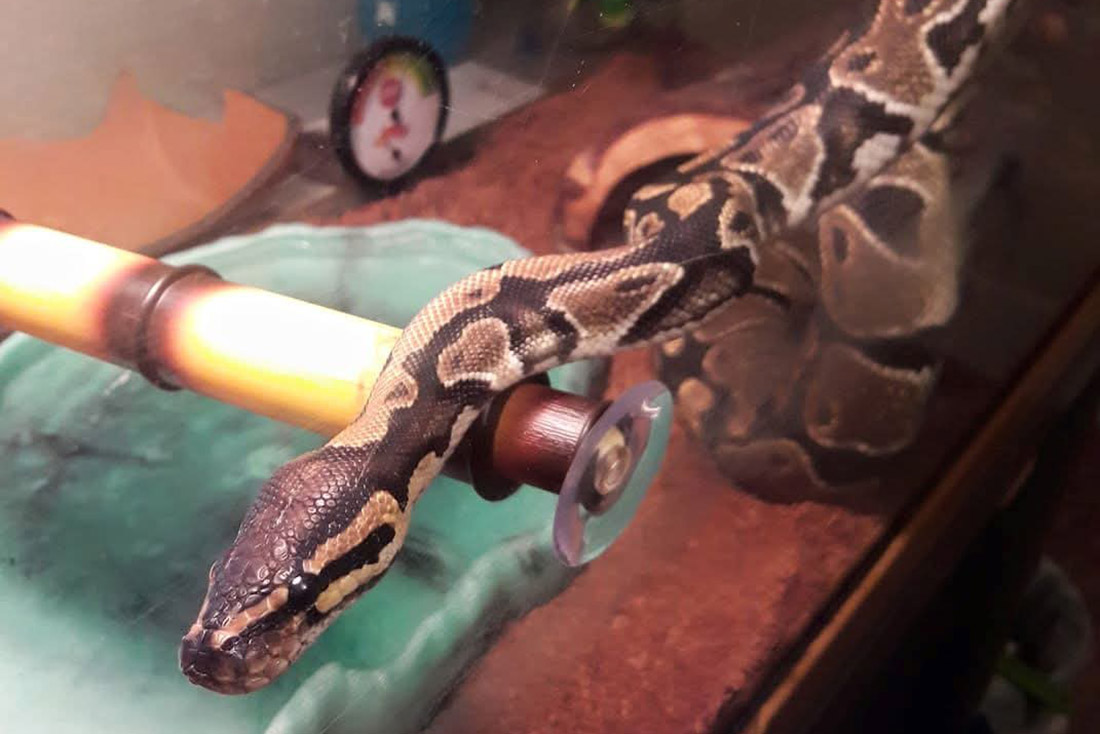Not many people can say that they raised a thousand chicks at one time. Curator Steve Sarro is one such person. He has been a leading African penguin researcher for decades—even travelling to South Africa after an oil spill in 2000 affected 40,000-50,000 penguins.
The spill occurred during the birds’ breeding season no less, and Steve was in charge of raising the abandoned chicks whose parents had been doused in oil and needed expert care themselves. “It was one of the most rewarding and humbling things I’ve ever done,” Steve says.
Today Steve is still working hard to save chicks in the wild, as an advocate and contributor to the nationwide AZA SAFE African Penguin Nestbox Project. It was through Steve’s involvement with African penguin conservation efforts that this project became one of five that Conservation Nation partially funded in 2018. And thanks to Conservation Nation’s donation to the project, more than a hundred specially designed and tested nest boxes will be built locally.
Home is where the (penguin poop) nest is.
Life for newly hatched African penguin chicks typically begins in a burrow. A poop burrow, to be precise. Their natural nests are made of guano (penguin dung), and these burrows provide young chicks with a sanctuary before they take their first steps in a new world.
A guano nest might sound gross, but here’s the really crappy news: guano also can be sold as fertilizer, and harvesting it from the penguins’ habitat is lucrative in South Africa and Namibia. Without their nesting material, many penguin parents have resorted to making inadequate substitute nests in drainage pipes and along man-made structures. Penguins then overheat in the sun and are forced to abandon their young before they’ve even hatched.
Scientists estimate that over the course of 15-20 years, these new AZA nests will provide a safe place for 30,000 penguin chicks to grow and thrive. Although the nests aren’t made from guano—they’re made from a resilient resin that will last years—they were designed to be ideal for penguin families.
Conservation Nation’s contribution to the project came from gifts large and small, including a successful fundraiser hosted by a supporter this past autumn. Appropriately titled the Penguins & Pumpkins Brunch, this one party alone contributed $3,000 to the cause. It was a simple afternoon event, but from the efforts of just that one group of friends joining forces to paint pumpkins and talk conservation, more than 1,500 penguins will now have a place to call home.
Thanks to the hard work of researchers like Steve, and dedicated donors who did their small part to make a big difference, today a collection of durable nest boxes have been assembled and are ready serve as home to a new generation of penguin chicks!









